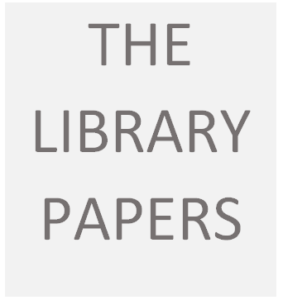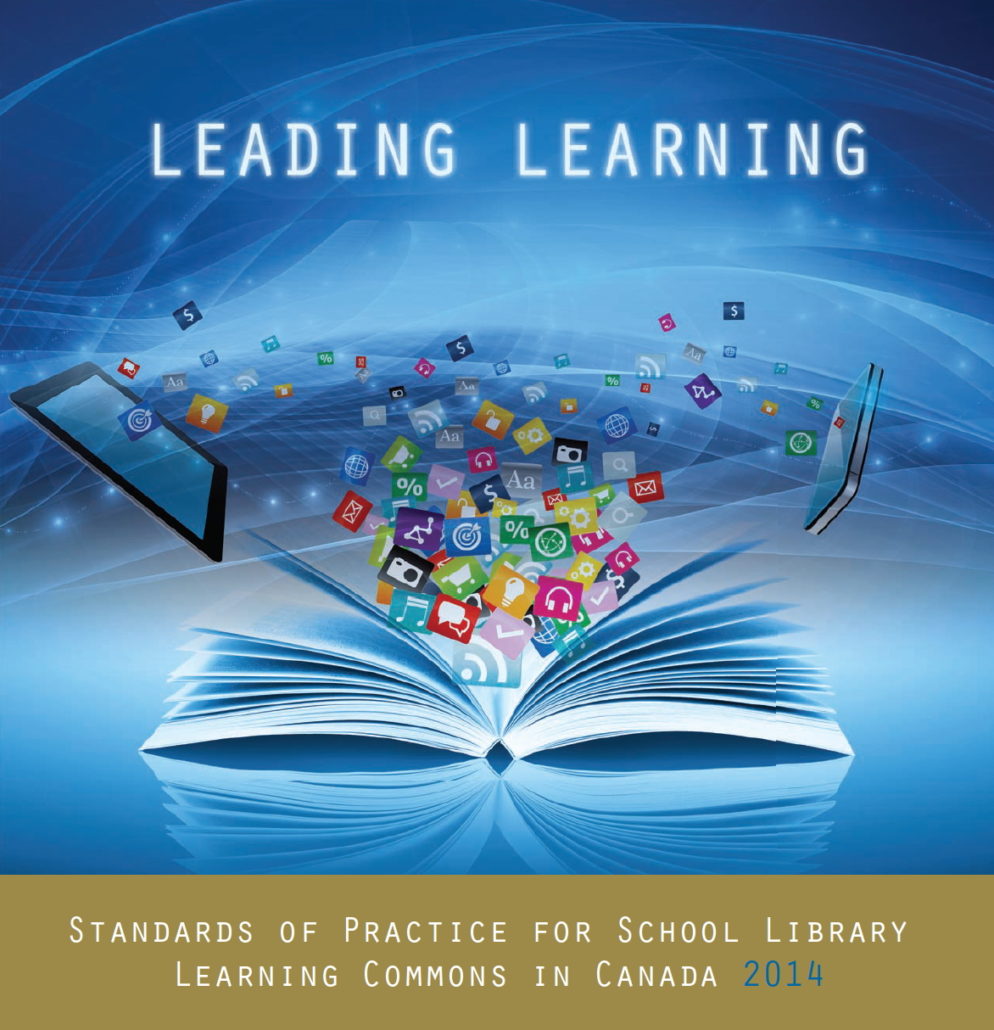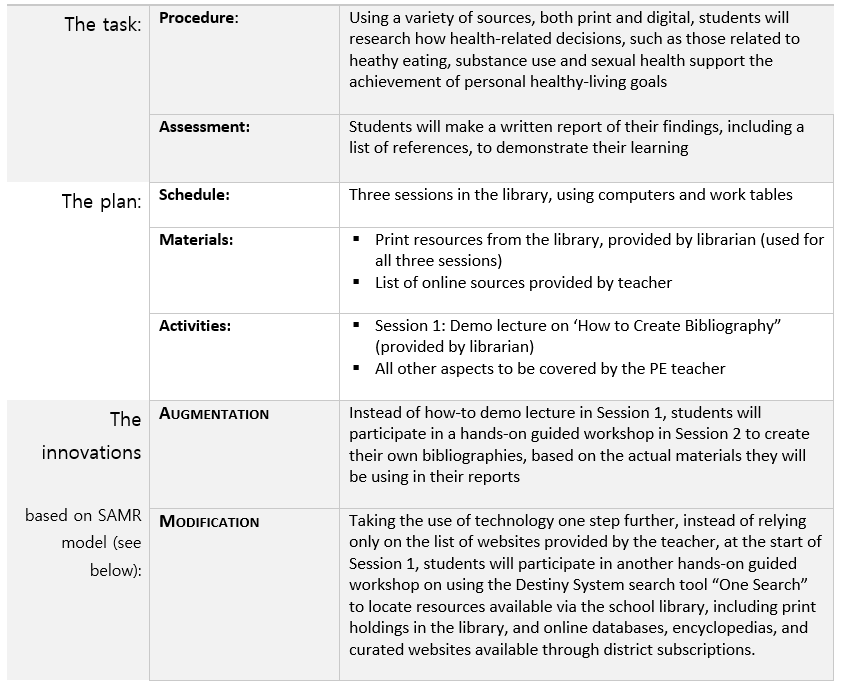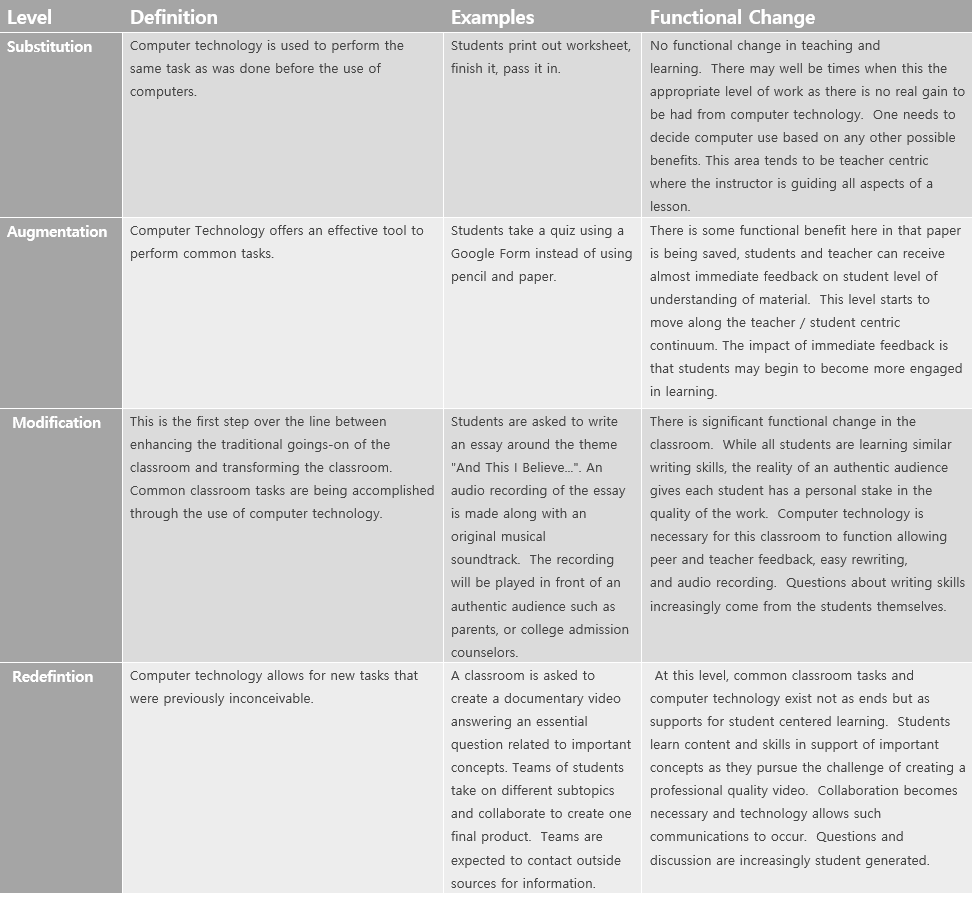Assignment 2
Collaborate and Evolve
“Whereas the focus of the library program in the past was on building strong collections of resources and assisting users to find and use them effectively, the goal now is to build learning communities and make connections among learners, thus facilitating knowledge creation in the school community.” http://llsop.canadianschoollibraries.ca/transforming-school-libraries/
Project: Grade 10 PE
Title: Understanding the Factors That Influence Our Health
SAMR–Substitution, Augmentation, Modification, Redefinition
A model for assessing and promoting technology implementation
from Ruben R. Puentadura’s blog: http://hippasus.com/blog/; choose “SAMR and the EdTech Quintet: Pragmatic Approaches and New Directions
The Teacher’s Current Practice
The PE teacher did not provide me with a copy of the assignment, just the list of topics students were to research. She said she preferred to lead her class through the project herself, and that all she wanted from the librarian was 3-day access to the library work area (including the computers and the tables), a book trolley with print resources on the selected topics, and, at the start of the first session, a demo lecture on how to create a bibliography.
She asked to see the material for the demo lecture in advance, said it was too much information, that it would take up too much time to go over the material, and that her students would find the information too abstract in any case.
Substitution
The SAMR model (above) was developed for assessing and promoting technology-assisted instruction. It is a useful tool for Teacher Librarians tasked with supporting classroom teachers in incorporating technology into their teaching. As originally proposed by the PE teacher, the level of resource use for this project would have been at the most basic ‘S’—Substitution, where “[computer] technology is used to perform the same task as was done before the use of computers.” That is, students would have simply been shown how to use the EasyBib app to compile their bibliographies, as a substitution for typing them from scratch.
Augmentation
In the SAMR model, the next stage after ‘Substitution’ is Augmentation, which means using digital technology “to perform common tasks,” but with the difference of being able to receive immediate feedback made possible in an online environment.
To address the teacher’s concerns about too much and too abstract bibliographic information, I proposed that instead of a demo lecture in Session 1, there should be a workshop in the second or third session where students would have a guided-practice session to create their own bibliographies. As I explained to her, even though it would take a bit more time than just running through a PowerPoint demo, the workshop would be immediately useful to students in moving forward on their own bibliographies, while learning the information requirements for formatting them, and having access to support as they did so. The additional information from my original handout (about how to cite various types of sources, and the different kinds of information needed for each), could be addressed on an as-needed basis as questions arose. She agreed to this.
This is the demo for the workshop, which is also the basis for the handout (scroll down to the player bar and click the ‘play’ arrow):
Modification
Once the teacher agreed to running the EasyBib workshop in Session 2, I suggested that I could supplement her list of online sources with school and district resources via One Search, which is a tool available in the Destiny system that allows students to search multiple resources in one combined search, exactly as the name suggests. The search results can include all of the print materials, online databases and encyclopedias, and filtered websites available to the school library; or users can limit their results by specifying the types of resources they prefer.
This One Search session would also be run as a hands-on guided workshop, but since it is a simpler process than creating a bibliography, it doesn’t take much time to demonstrate or to learn. And as I explained to the teacher, the process would represent an efficient use of time, since students would be moving forward with their research while learning how to use the tool and receiving targeted guidance as they searched.
Even though it is simple to use, incorporating the One Search tool would represent a modification of this teacher’s instructional practice, in that relevant, appropriate materials readily available through the library reference resources, would free the teacher from having to search out and inspect every single on-line resource herself on the one hand, and allow for the development of independent, self-directed-learning skills for her students on the other. I also found that my own practice evolved as a result of this interaction. Her skepticism about the quantity and quality of the original information challenged me to be more organised and concise in my presentation of it.
Finally, as the SAMR model proposes, this staged process paves the way toward fully integrating technology into the instructional design, toward evolving true inquiry-based learning for the students, and toward active collaboration between the TL and the classroom teacher.
Here is the demo, which is also the basis for a supplementary handout (scroll down to the player bar and click the ‘play’ arrow).
Works Cited
Click here for References
“Standards of Practice for School Library Learning Commons in Canada.” Leading Learning, llsop.canadianschoollibraries.ca/
Puentadura, Ruben. “SAMR And The Ed Tech Quintet:Pragmatic Approaches And New Directions.pdf.” Ruben R Puenteduras Blog, 22 Feb. 2018, hippasus.com/blog/.






